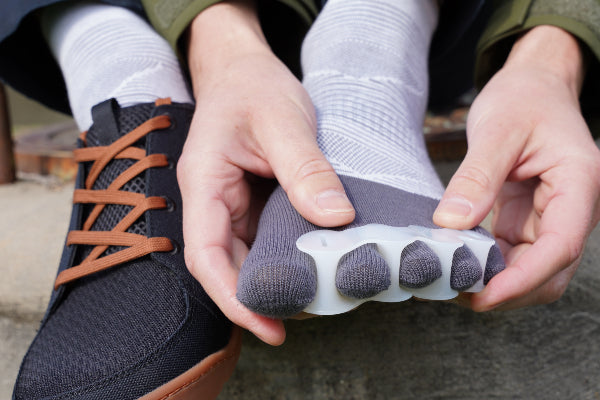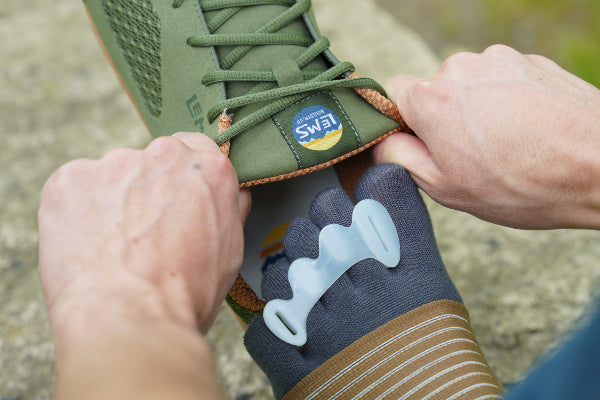Plantar Fasciosis: The Underlying Cause

A study by Harvey Lemont, DPM, published in the May 2003 edition of the Journal of the American Podiatric Medical Association suggests that the term “plantar fasciosis” may be more appropriate than the commonly used “plantar fasciitis,” as biopsies reveal necrotic, or dead, tissue in the plantar fascia of people with this condition, not inflammation. Lemont concluded that plantar fasciitis is a degenerative process, not an inflammatory... Read more












